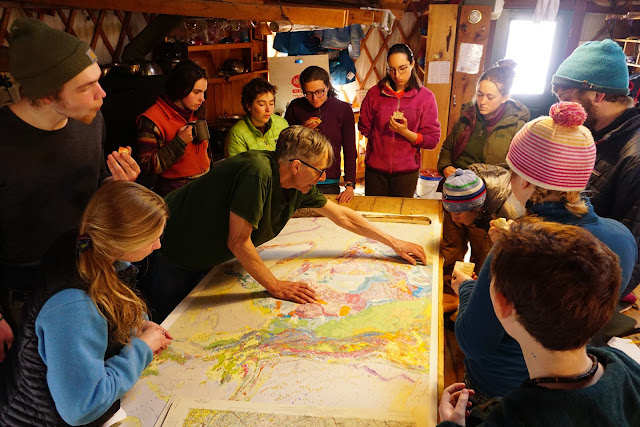Blog #8: Hudson River
As far as we were concerned, it was an adventure. We’d only been in the lock system for 2 days, completing 4 of the 11 locks, before we learned we could go no further. The northern end of the Hudson was flooding and the NY State Canal Corporation thought it would be better if we took out and put in again in Waterford right before Lock #1. We would need to travel 40 miles over land. Thankfully, instead of spending the rest of our expedition portaging our boats, the abundant hospitality of the canal system allowed us to travel that distance in a day. Though we would have loved to complete the canal on our own, this created a chance for spontaneity and divergence from the plan, an important part of every adventure.
While we journeyed down the river we learned a lot more about hospitality and human kindness. Over the course of our expedition we have become accustomed to staying in the wild, but that isn’t always possible on an industrial waterway. We stayed in public parks, canoe clubs, and on small islands. We stayed in a place of worship called South Church, where we learned about a different form of community. We stayed at several farms, such as Camphill Village Copake, where we spent a day doing service. It was a special thing to give back through working the land with our hands and feet. A highlight from Copake was the torrential downpour that pummeled at the crowns of our heads while we placed the mulching tarp. It felt liberating to work barefoot, fully drenched from head to toe in these conditions, as we connected fully with the elements. At Seed Song Farm we truly loved the experience of lifting our voices in song while mulching the raspberries and weeding the peas. We were also honored to be included in a celebration of life for Pete Seeger. In every interaction with others, we gained new understanding of our own culture. Though each place was unique, all of them had in common the love and hospitality they gifted us.
The sound of trains is prolific on the Hudson. There are train tracks of both sides of the river- the passenger train on the east side, and the cargo trains on the west. Many of us are fond of their distant whistle as a reminder of home, and others (Simone and Ethan Andrus in particular) get incredibly excited by an inbound train and will run to get closer if the opportunity is provided. On one occasion we happened to find our campsite situated not 30 feet from the track. This prospect was amusing at first. It was even fun to carry our dry bags and wannigans past the tracks and up the little slope to camp. And the first couple ding-ding-dings of the train crossing light was cute, as it gave us a warning to close our ears and look with excitement toward the tracks. But by dinner, after having more than three 90-car trains whoosh past, it began to get old. Our ears were already starting to ache. After two more trains passed and it was time for bed we all found ourselves anxious over the quality of sleep we would be having through the night. On the bright side, by morning we had learned a really cool lesson that interestingly enough, cargo trains do not stop at night. It was such an effective lesson that it left us cringing for the next couple days whenever we heard the distant call of the whistle.
Our most yearned for experience on the river was a group solo. Solos are an experience that makes Kroka really unique, and in the winter we were lucky enough to get two of them as a group. But we couldn't see how it would be possible considering we were traveling in two canoes. The teachers couldn’t just take a boat due to our numbers, but they did need some way of progressing down the river to meet us at the end. The solution to this came as a surprise when we touched down in Cold Spring and Nathan was there waiting for us. We were all delighted to see him there a day early, but as he put it “I’m not really here yet.” The next morning Nathan, Hanah, and Owen all left us on our own in the small park. We piled into our canoes and set off early while we still had the currents and tides. We traveled nine miles before lunch! After we touched down and set-up camp, we peacefully sat under the tarp and finished academics. With all of our work out of the way we found we had time to climb trees, lie in the sun on the shore, and take the opportunity to have meaningful conversations with one another.

The next morning we had the winds on our side, so we erected the masts of our vessels and sailed the 10 miles to our next camp. From Croton Point southward campsites were scarce, and luckily we enjoyed the hospitality of the First Presbyterian Church of Dobbs Ferry, as well as the Yonkers Paddling and Rowing Club and the Inwood Canoe Club. Before we knew it we were paddling towards the George Washington Bridge and right beneath it was our destination, the place we’d ultimately been headed towards since the first day of expedition was in our sights: Manhattan.
-Zaboski








Comments
Post a Comment